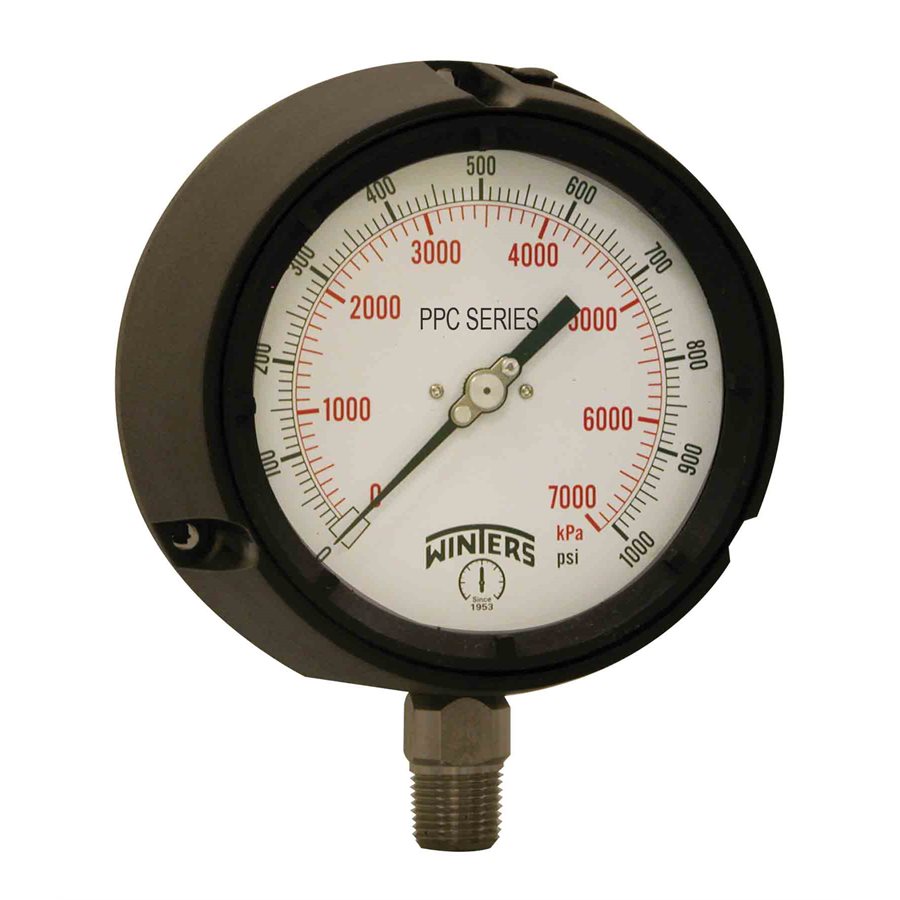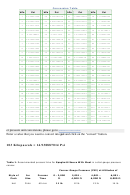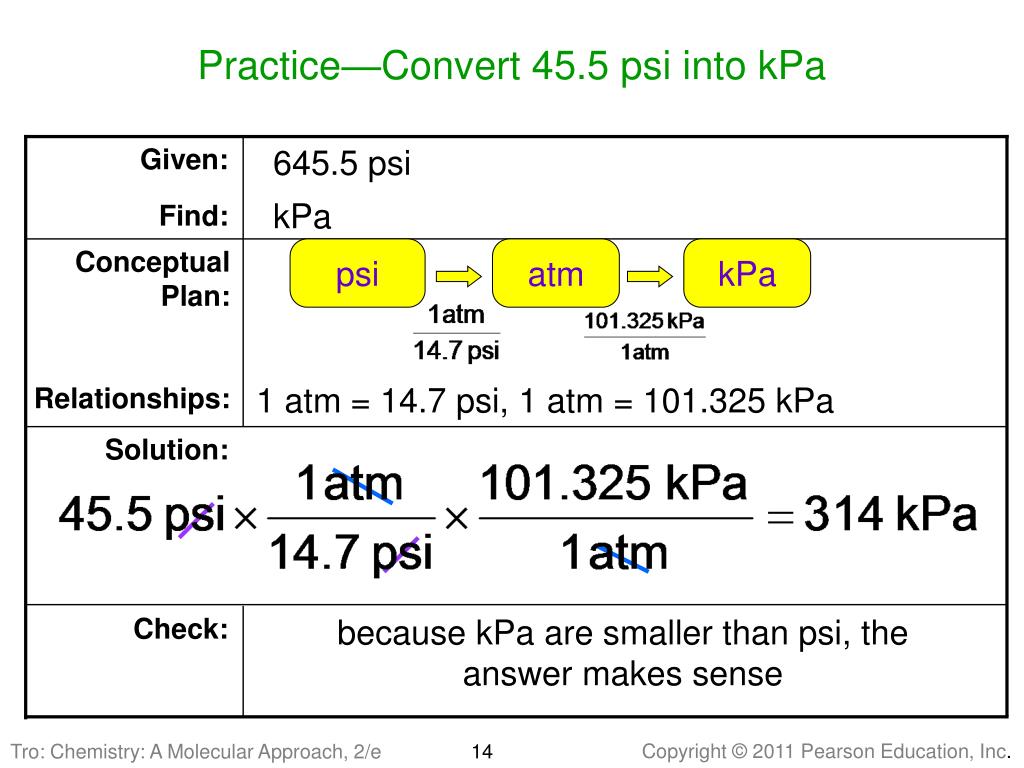
50 caliber armor-piercing cartridges went on to function as an anti-aircraft and anti-vehicular machine gun, capable of penetrating 0.9 inches (23 mm) of face-hardened armor steel plate at 200 meters (220 yd), 1 inch (25 mm) of rolled homogeneous armor at the same range, and 0.75 inches (19 mm) at 547 yards (500 m). This gun was later developed into the M2HB Browning which with its. The round was put into use in the M1921 Browning machine gun. Teamed with Colt, he produced prototypes ready for testing and, ironically, completed them by Nov. The Army then returned to John Browning for the actual gun. Subsequently, Frankford Arsenal took over from Winchester, producing the historic. The American Rifleman further explains that development was "eputedly influenced by Germany's 13.2x92 mm SR (.53-cal.) anti-tank rifle" and that then "Ordnance contracted with Winchester to design a. You make up some cartridges and we'll do some shooting.'" Browning pondered the situation and, according to his son John, replied, 'Well, the cartridge sounds pretty good to start. They wanted a heavy projectile at 2700 feet per second (f.p.s.), but the ammunition did not exist. Army Ordnance officers to consult Browning. American interest in an armor-piercing cartridge was influenced by the marginal French 11 mm design, prompting U.S. According to the American Rifleman: "Actually, the Browning. 50 BMG round is sometimes confused with the German 13.2 mm TuF, which was developed by Germany for an anti-tank rifle to combat British tanks during WWI and against aircraft. He wanted the round to be used in a machine gun, and wanted the machine gun to be based on a scaled-up version of the M1917 Browning. In response to the need for new anti-aircraft weaponry during World War I, John Browning developed the. 50 caliber rifles by allowing more accurate fire than lower quality rounds. A wide variety of ammunition is available, and the availability of match grade ammunition has increased the usefulness of. 50 BMG cartridge is also used in anti-materiel rifles. The rounds intended for machine guns are made into a continuous belt using metallic links. The cartridge itself has been made in many variants: multiple generations of regular ball, tracer, armor-piercing (AP), incendiary, and saboted sub-caliber rounds. Under STANAG 4383, it is a standard service cartridge for NATO forces as well as many non-NATO countries. 50 in (12.7 mm) caliber cartridge developed for the M2 Browning heavy machine gun in the late 1910s, entering official service in 1921. 50 BMG, 12.7×99mm NATO and designated as the 50 Browning by the C.I.P. Saudi–Yemeni border conflict (2015–present) So, to convert directly from bar to pounds per square inch, you multiply by 14.503774.From left. Or, you can find the single factor you need by dividing the A factor by the B factor.įor example, to convert from bar to pounds per square inch you would multiply by 100000 then divide by 6894.757. To convert among any units in the left column, say from A to B, you can multiply by the factor for A to convert A into Pascals then divide by the factor for B to convert out of Pascals.

To convert from Pa into units in the left columnĭivide by the value in the right column or, multiply by the reciprocal, 1/x.ĥ00000 Pa / 100000 = 5 bar Multiply by the conversion value in the right column in the table below.ĥ bar * 100000 = 500000 Pa


To simply convert from any unit into pascals, for example, from 5 bar, just Where S is our starting value, C is our conversion factor, and
#0.5 psi to kpa how to
How to Convert Units of PressureĬonversions are performed by using a conversion factor. By knowing the conversion factor, converting between units can become a simple multiplication problem: Some are obvious, such as pounds per square inch, but even the SI standard Pascal is actually an expression of one Newton per square meter. Since pressure is derived from force and area, many units for pressure directly relate force to area. Where P is equal to pressure, F is the normal force and A is area. Pressure is a scalar quality reflecting how force acts on a surface.


 0 kommentar(er)
0 kommentar(er)
